Light in photography is the essential element to express our creativity, to give strength to the image and to give meaning to our story.
The different light conditions will completely change the meaning of our photo and express different feelings.
So let’s see how to use different light conditions to realize amazing shots!
1. Backlight shooting
Backlight shooting is very interesting when creating the silhouette effect. The strong brightness captured by the camera makes the shadow elements appear completely black and creates exciting contrasts, as in the photos below.
When shooting backlighting photos, try not to frame the sun if it is still too bright, because otherwise that area of the photo will be overexposed (white), or you could create flares or unpleasant reflections. In fact, these defects are very difficult to fix even in post production.
If you still want to include the sun, try to partially cover it with another subject. In this way, you will get the sun star effect and you will see the rays spread across the photo.
To achieve this, you’ll need to use aperture values like f/18 or f/20, to decrease the amount of light hitting the sensor. Also try with your smartphone in pro mode.
Instead, you can use the sun as your subject at sunset, when it is already low on the horizon and its brightness has decreased.
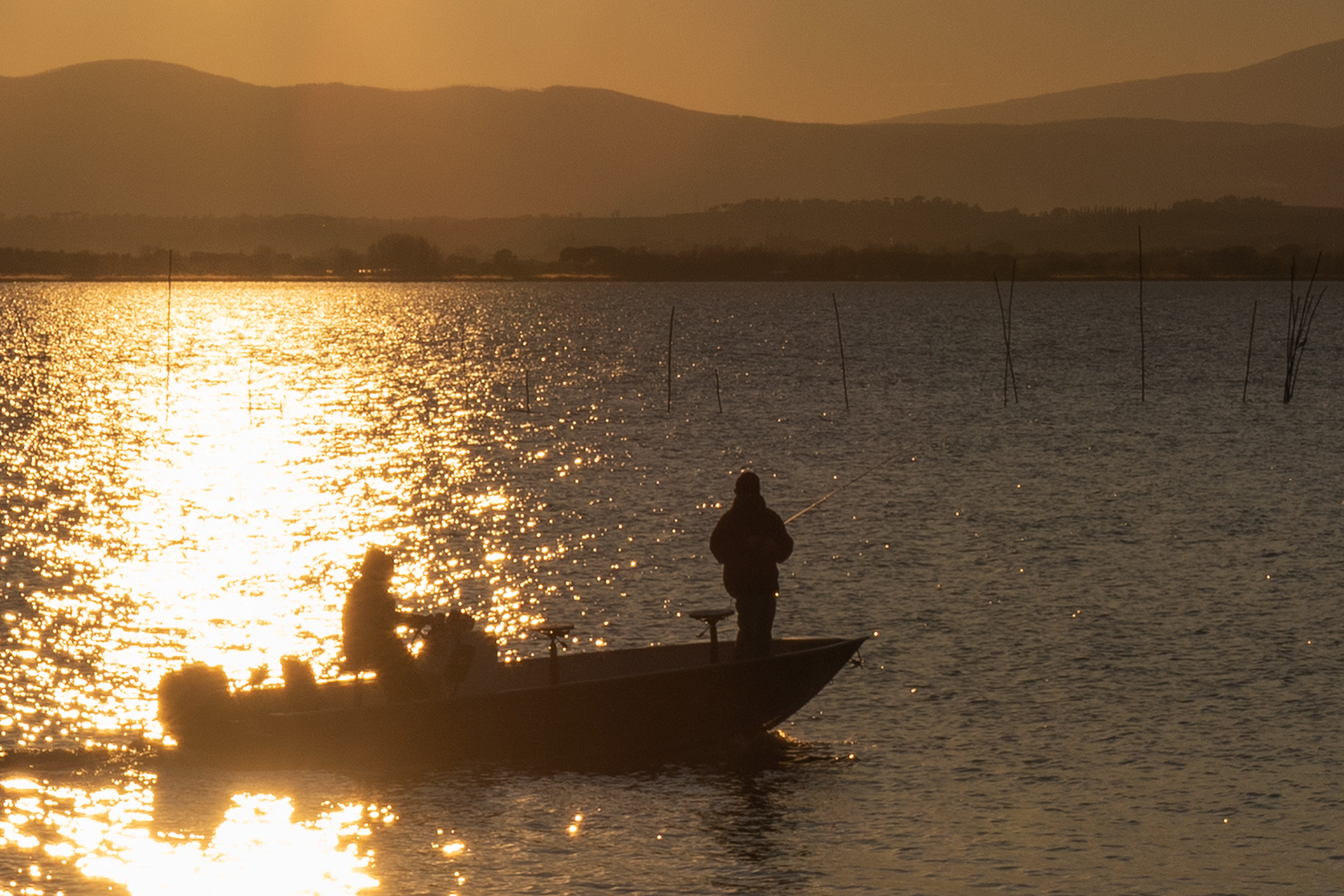
Ph: @giadaantonini_photography 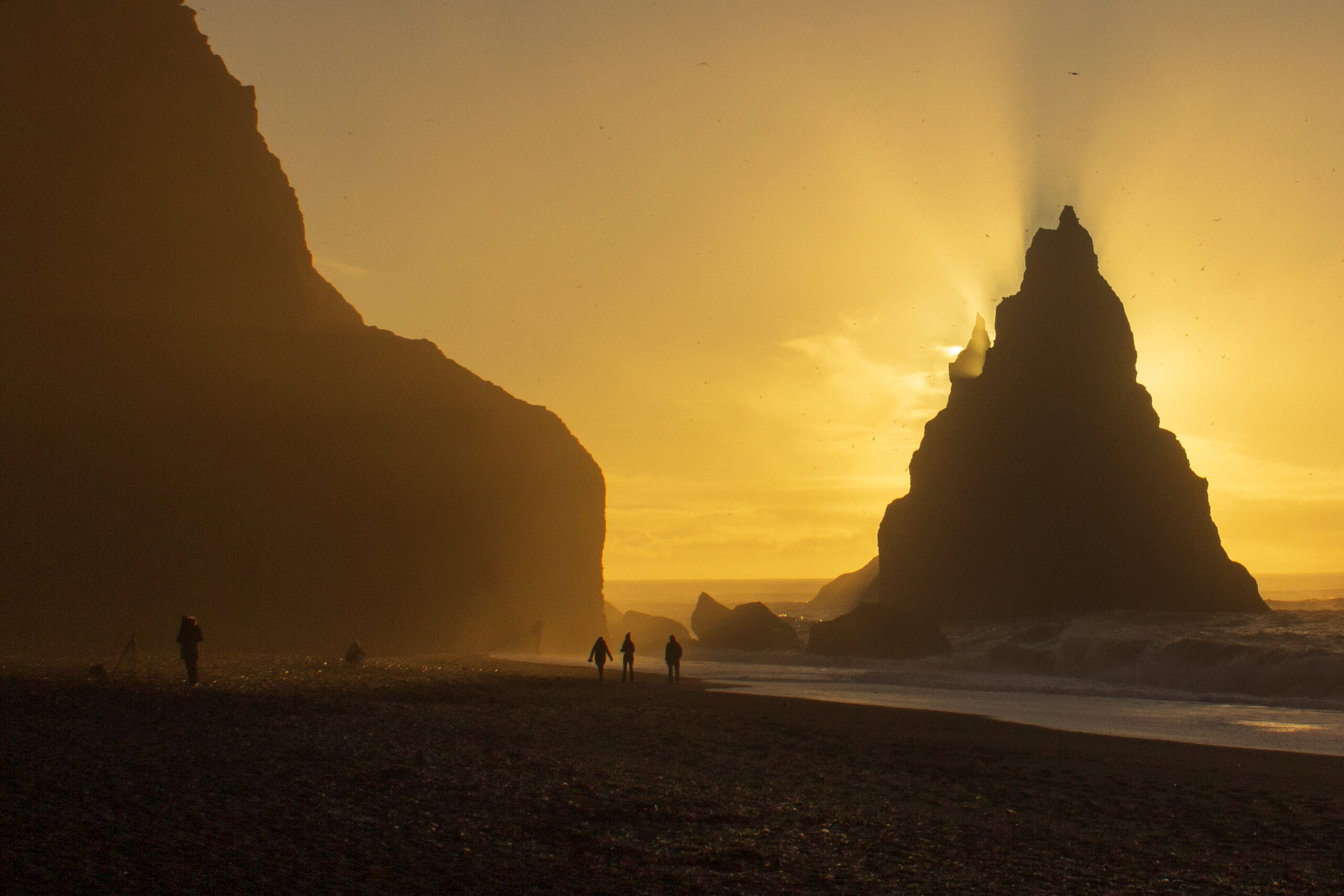
Ph: @giadaantonini_photography 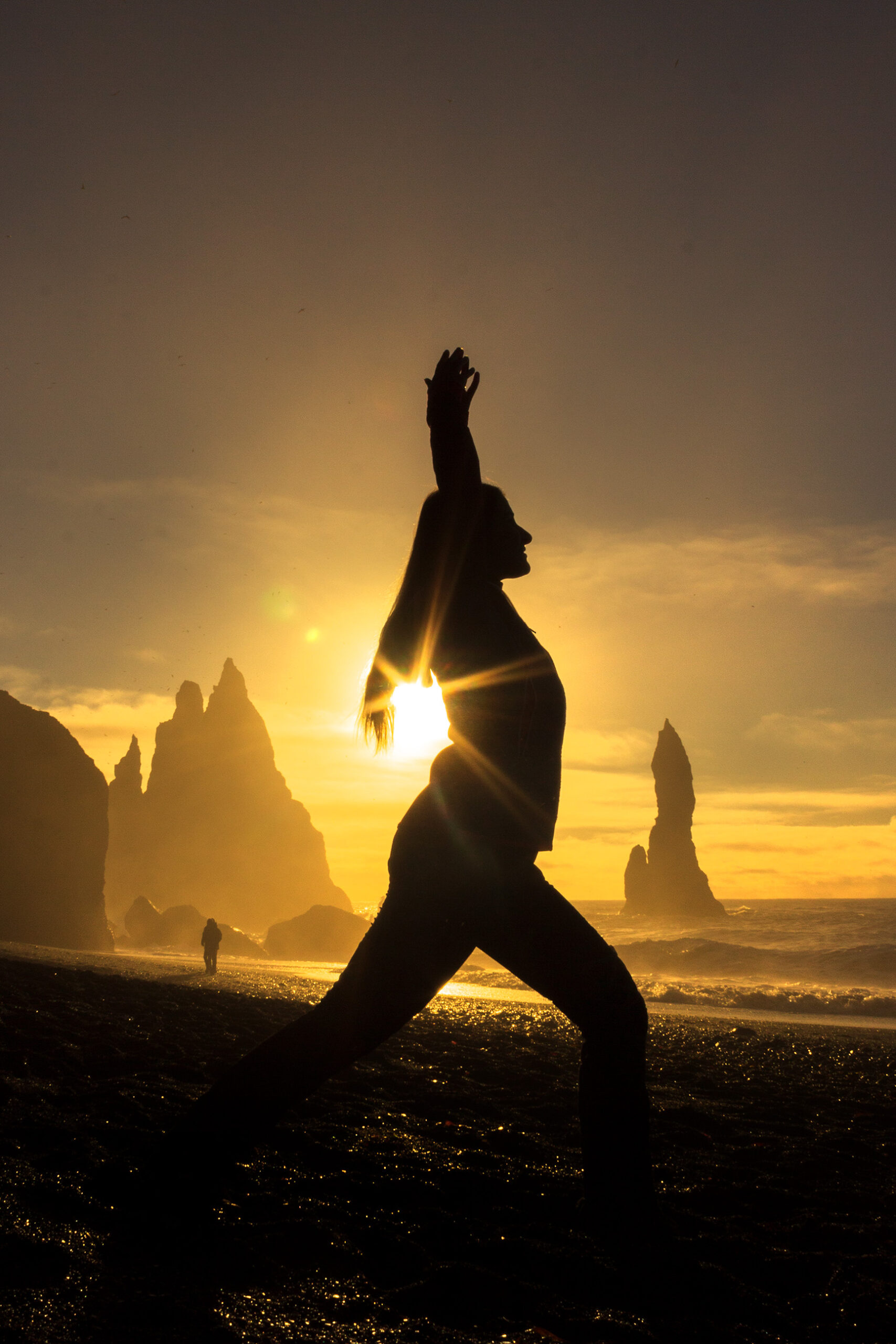
Ph: @giadaantonini_photography 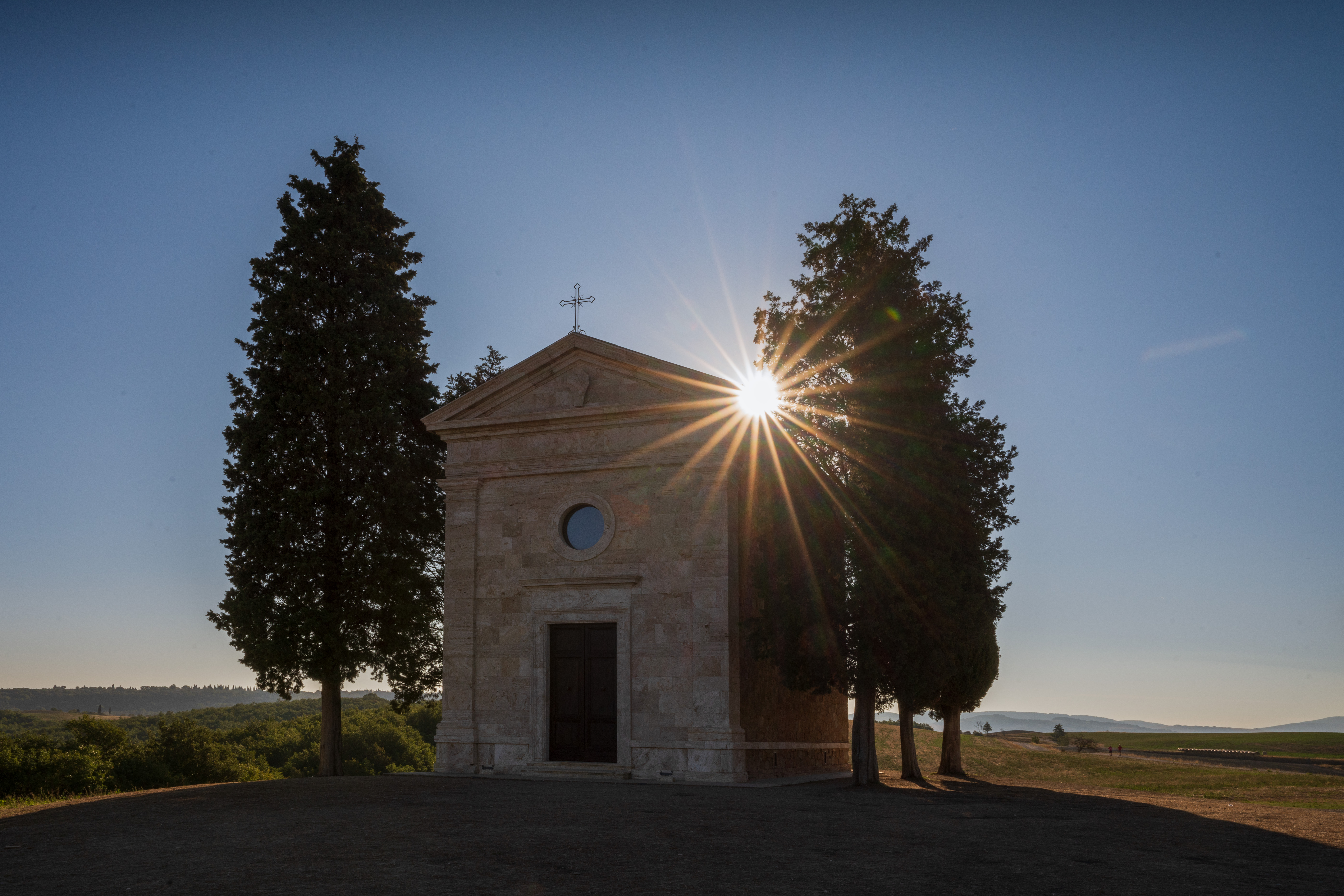
Ph: @giadaantonini_photography 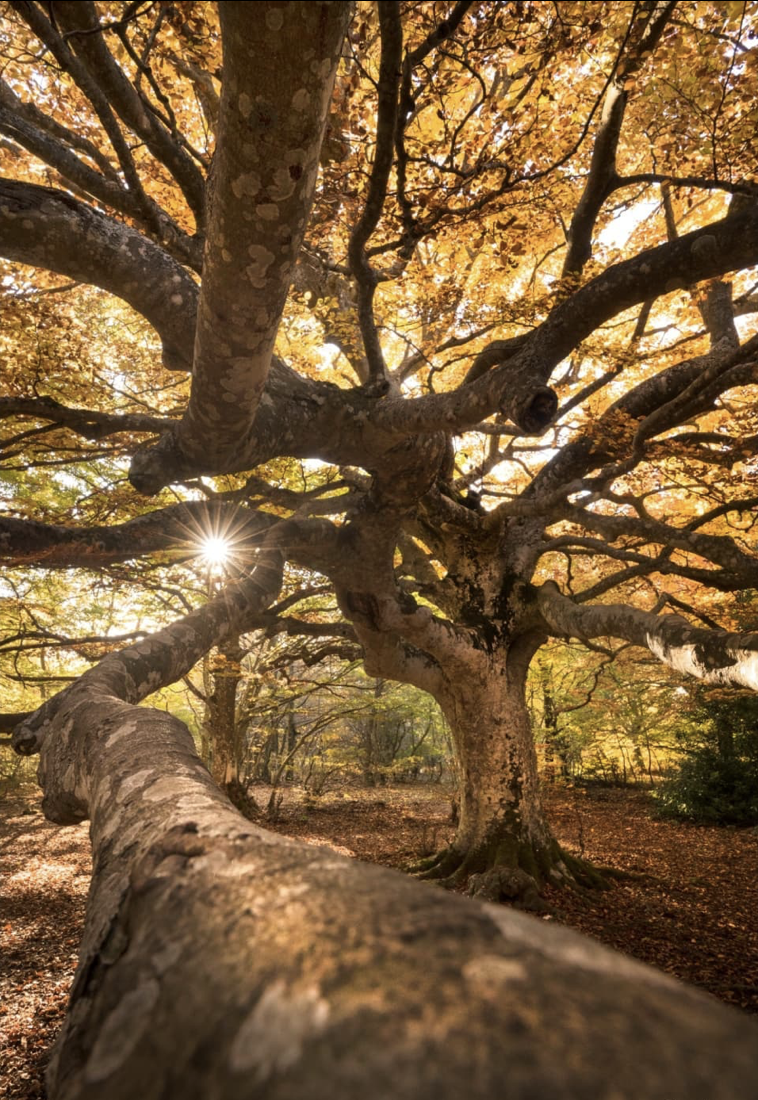
Ph: @giadaantonini_photography 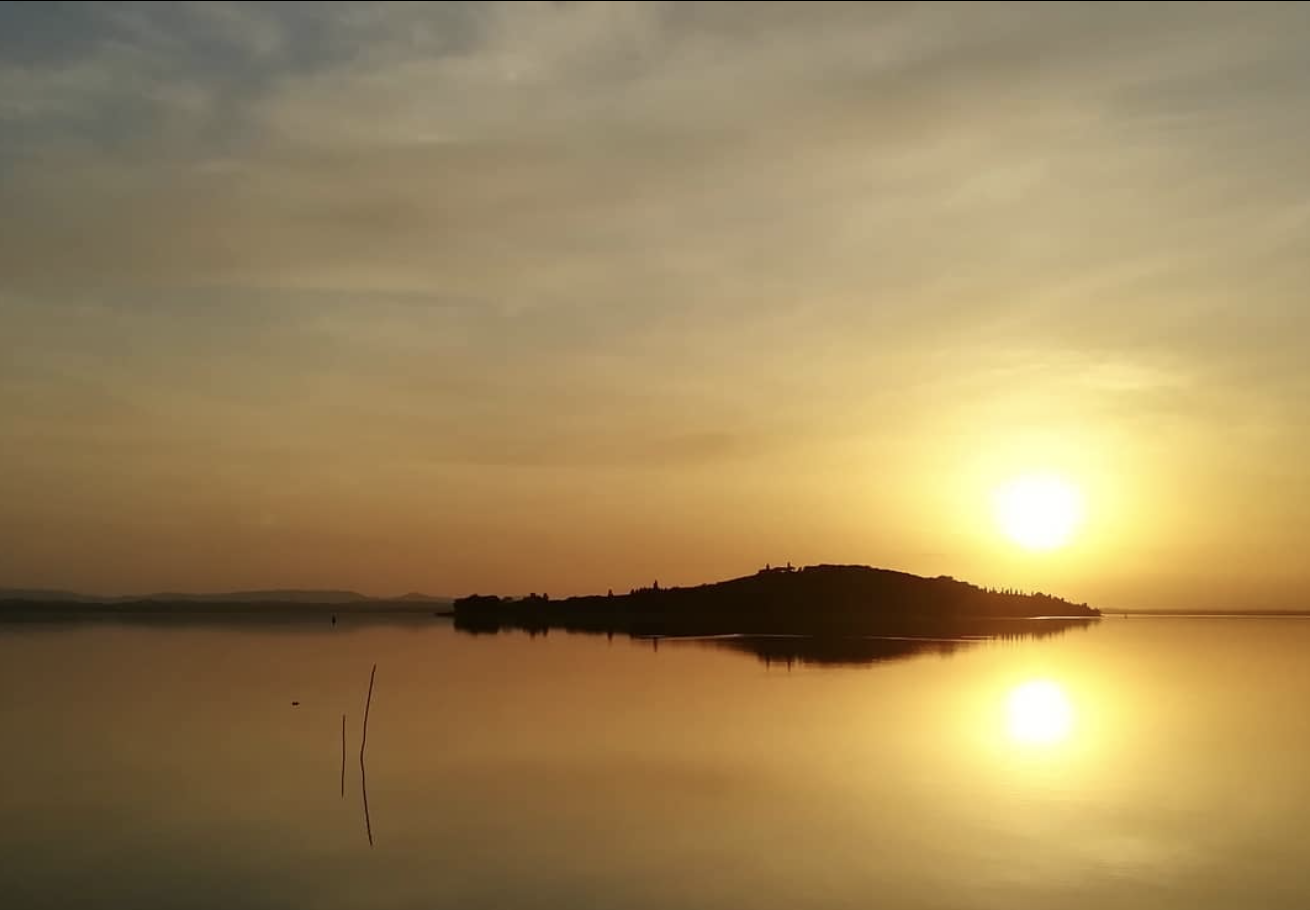
Ph: @giadaantonini_photography
2. Human subjects in sunlight
When photographing a human subject in sunlight, try to avoid ugly shadows on the face caused by shadows. To do this, shoot when the sun is not too high in the sky or have the person’s face rotated or tilted until it is fully illuminated.
If you are shooting backlighting portraits and you don’t want the silhouette effect, overexpose the photo, decreasing the shutter speed or opening the aperture, until the person is correctly illuminated, while the rest of the scene will tend to white.
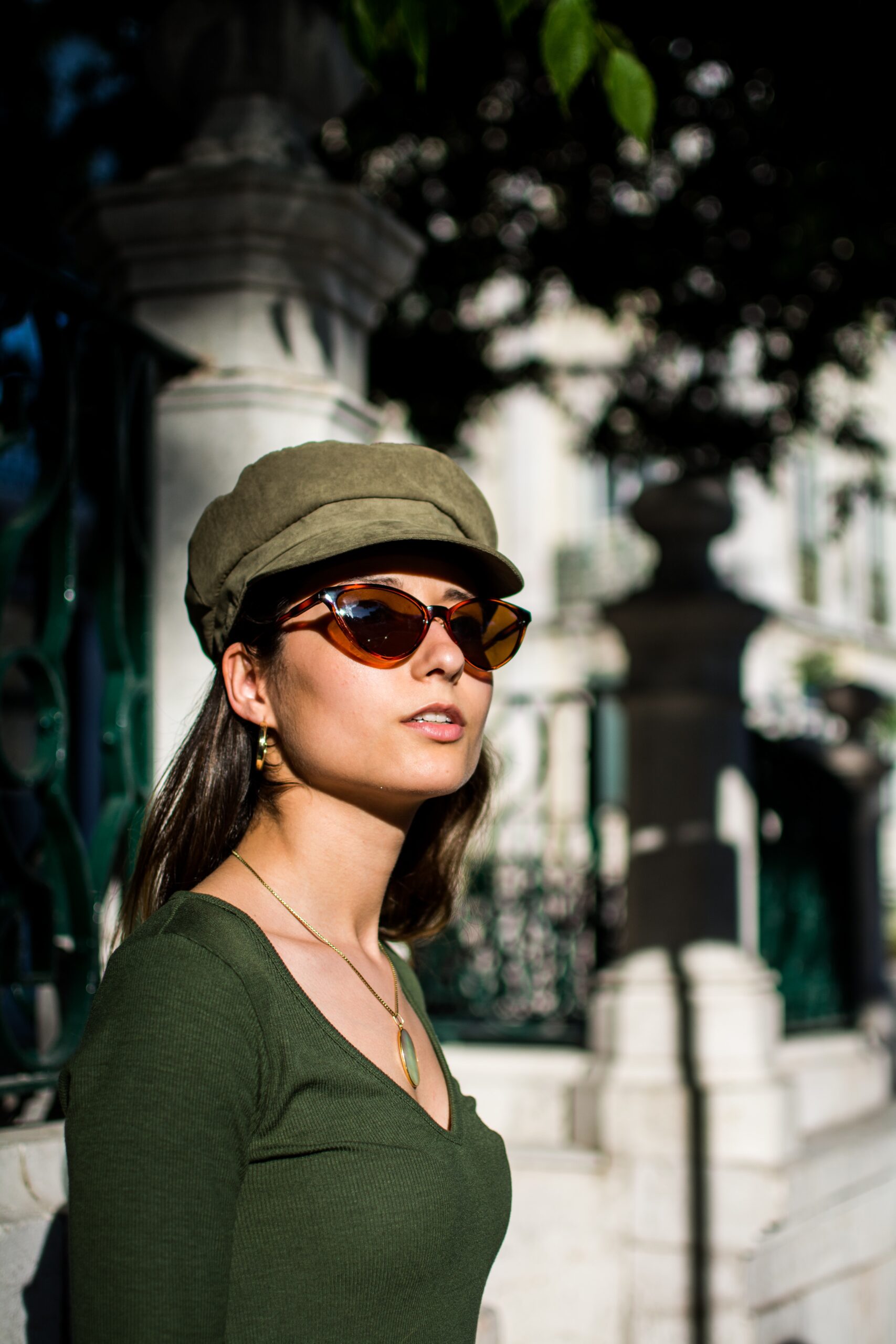
Ph: Daniel Pascoa on Unsplash 
Ph: Ben White on Unsplash
3. Light as the main subject
Often the light is the main subject of photography, because it creates really interesting contrasts.
If you’re looking for contrasts, then this has to be strong, with areas well lit (but never overexposed) and others very dark. To do this, you’ll need to be mainly indoors, with a direct light source, positioned to illuminate only part of the subject.
Sometimes a dark room illuminated only by the light from a window is enough to create really interesting images.
For indoor shots, you can also use artificial lights and, if necessary, opaque panels, called diffusers, to soften the light and make it diffuse.
If you are outdoors, to get strong contrasts, there must be a beautiful sunny day and an element, such as a building or a forest, which creates strong shadows.
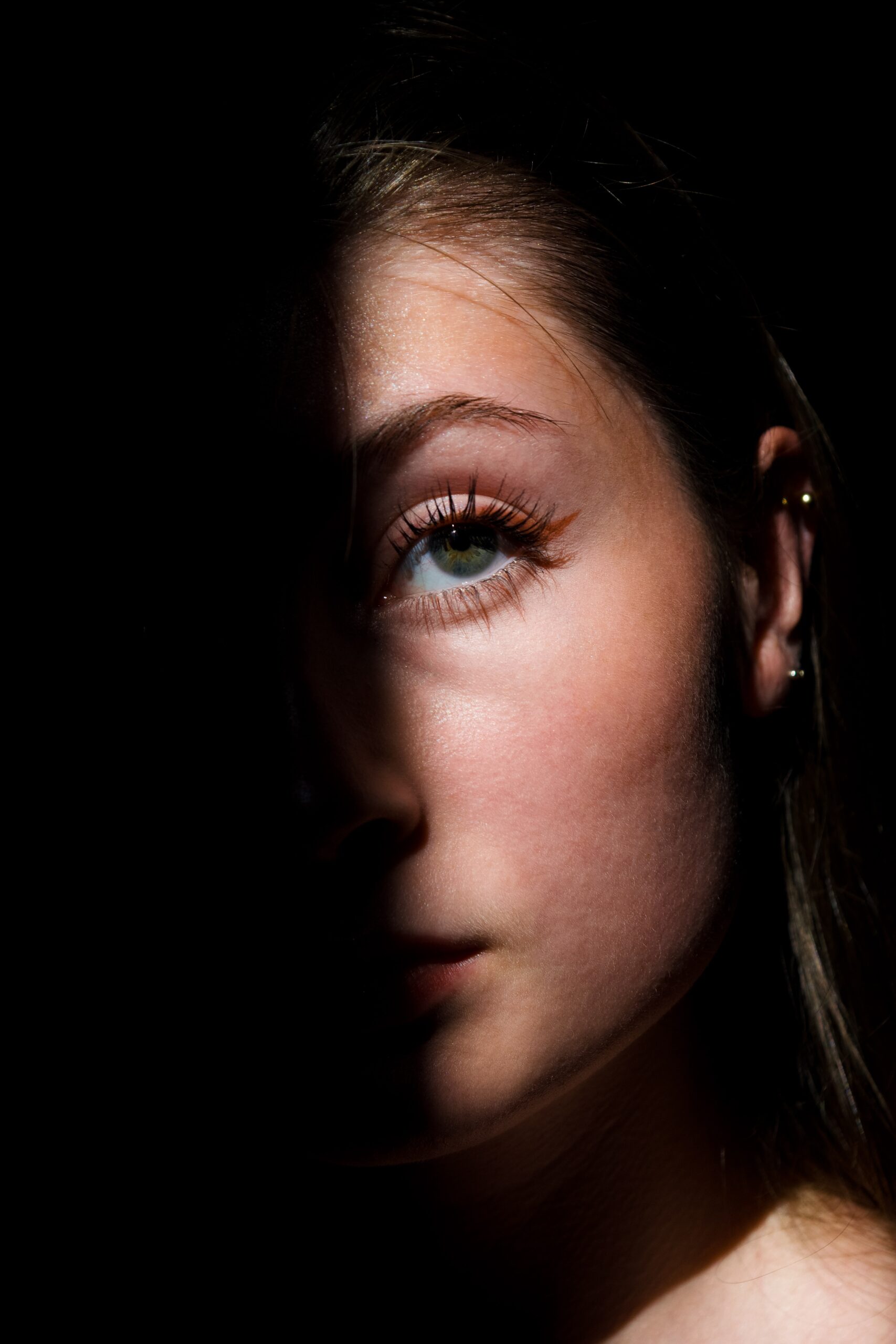
Ph: Nora Hutton on Unsplash 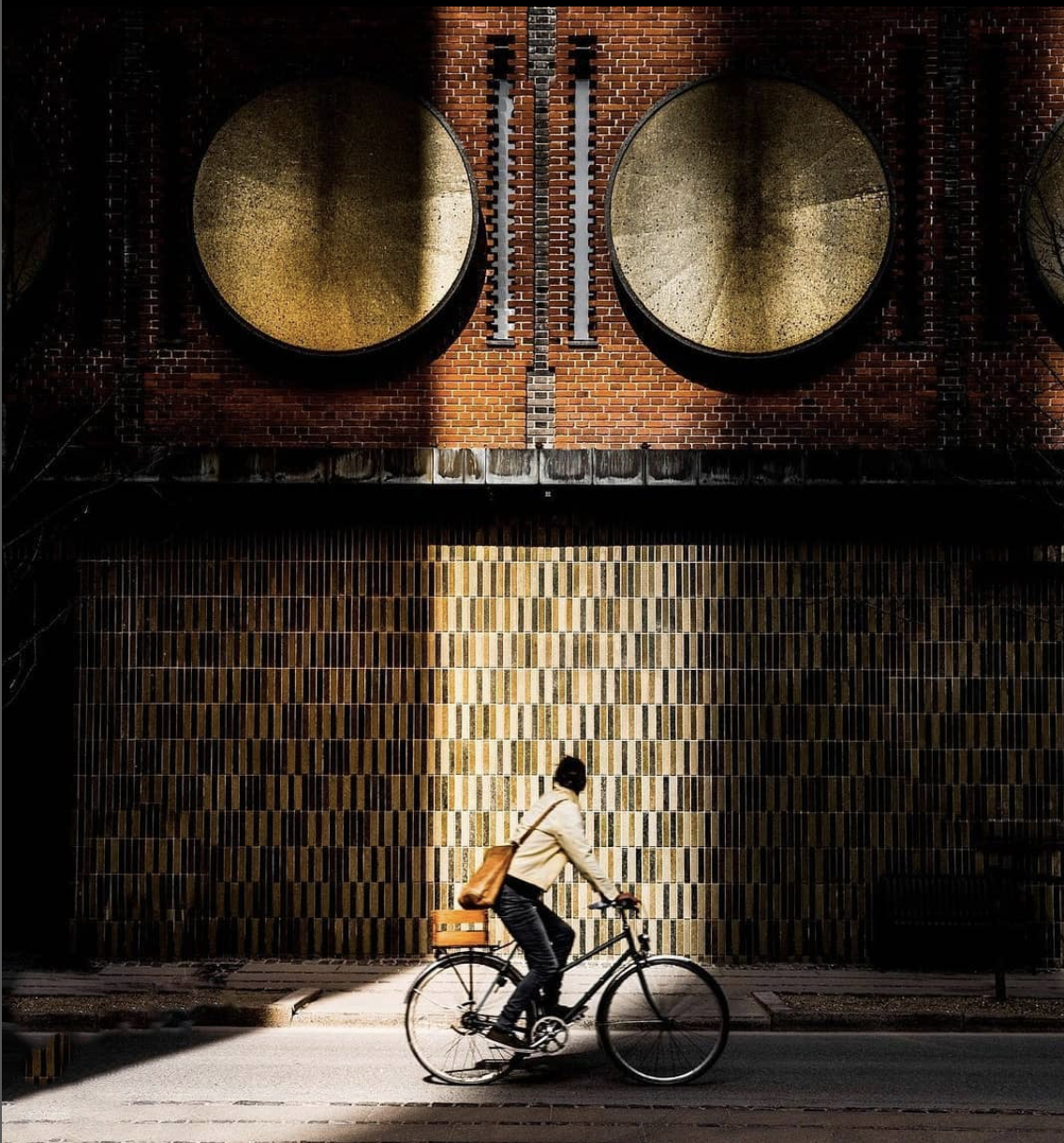
Ph: @pictureknak 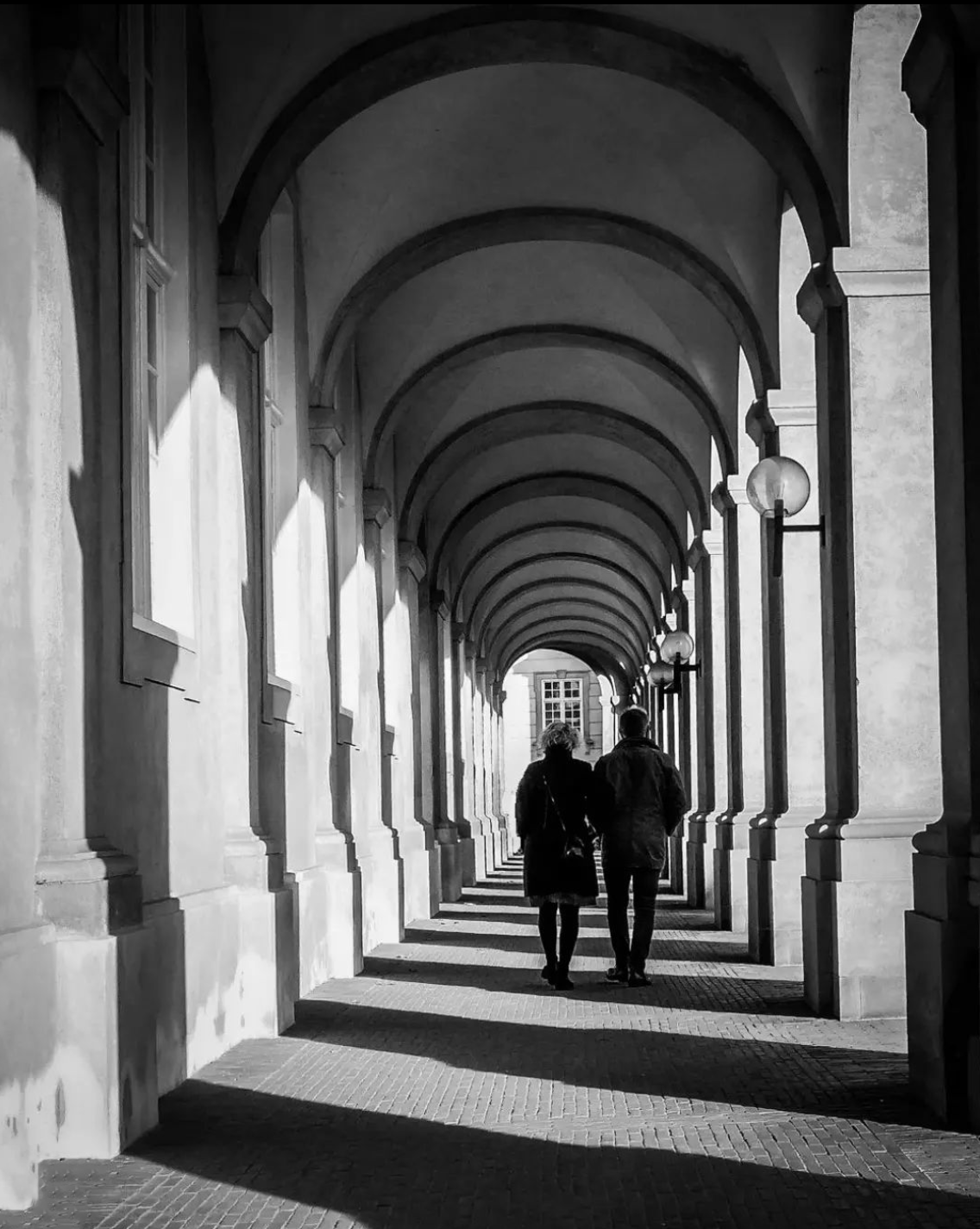
Ph: @sineoh_foto 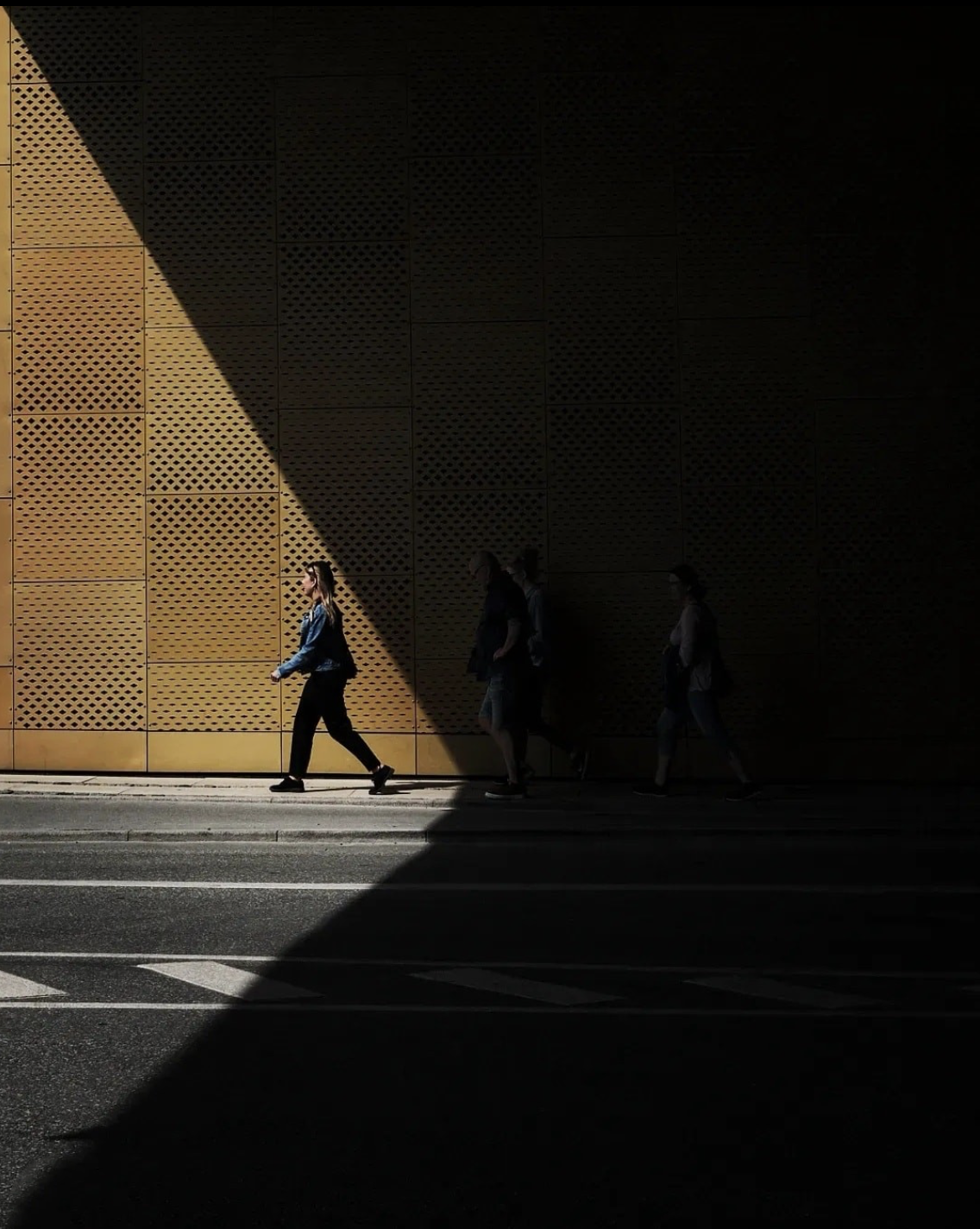
Ph: @knederskovpetersen 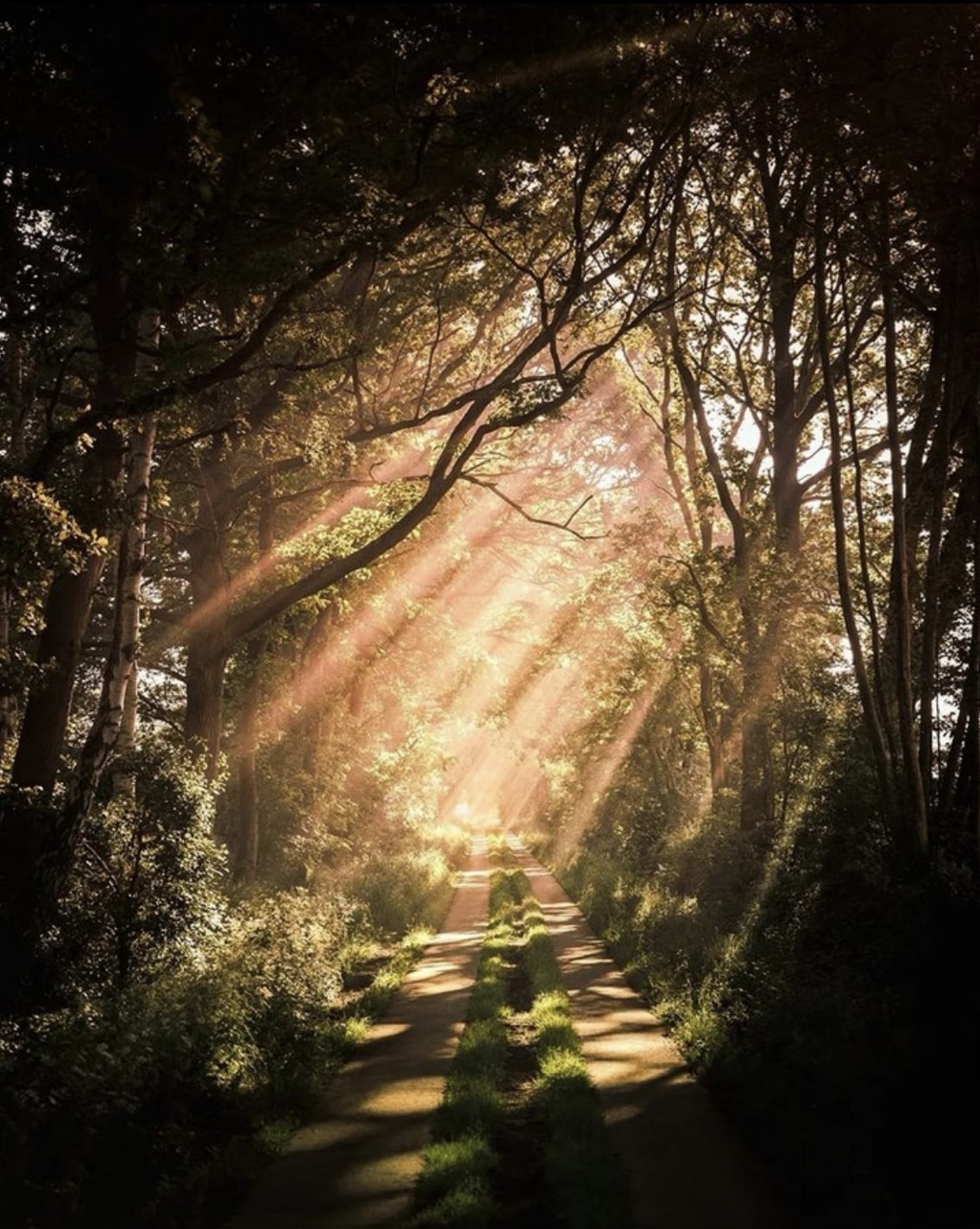
Ph: @photobyfrederik 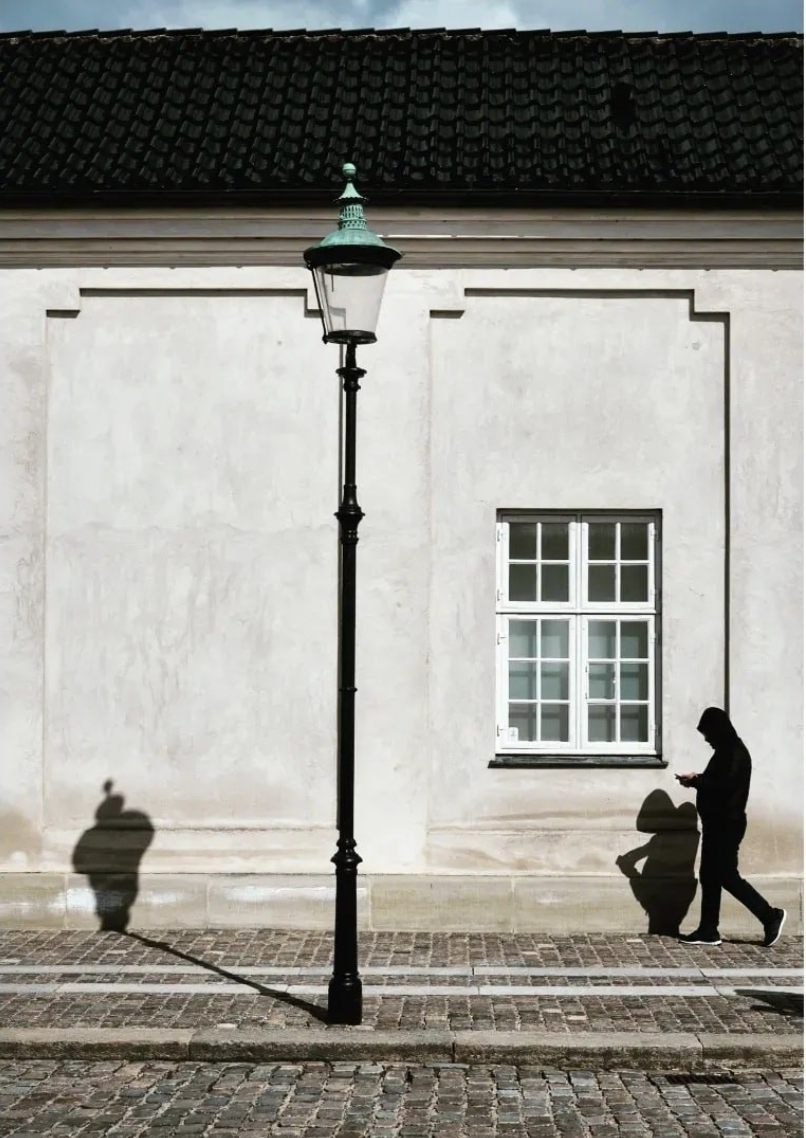
Ph: @knederskovpetersen
Or, in the evening, you can obtain soft and interesting atmospheres by capturing a light source, such as a street lamp, which lights up a streets. This way only part of the scene will be illuminated, in contrast to the dark walls of the buildings. The choice of having the light come from an internal environment, such as the window of a house or the shop window of a club, is also very interesting.
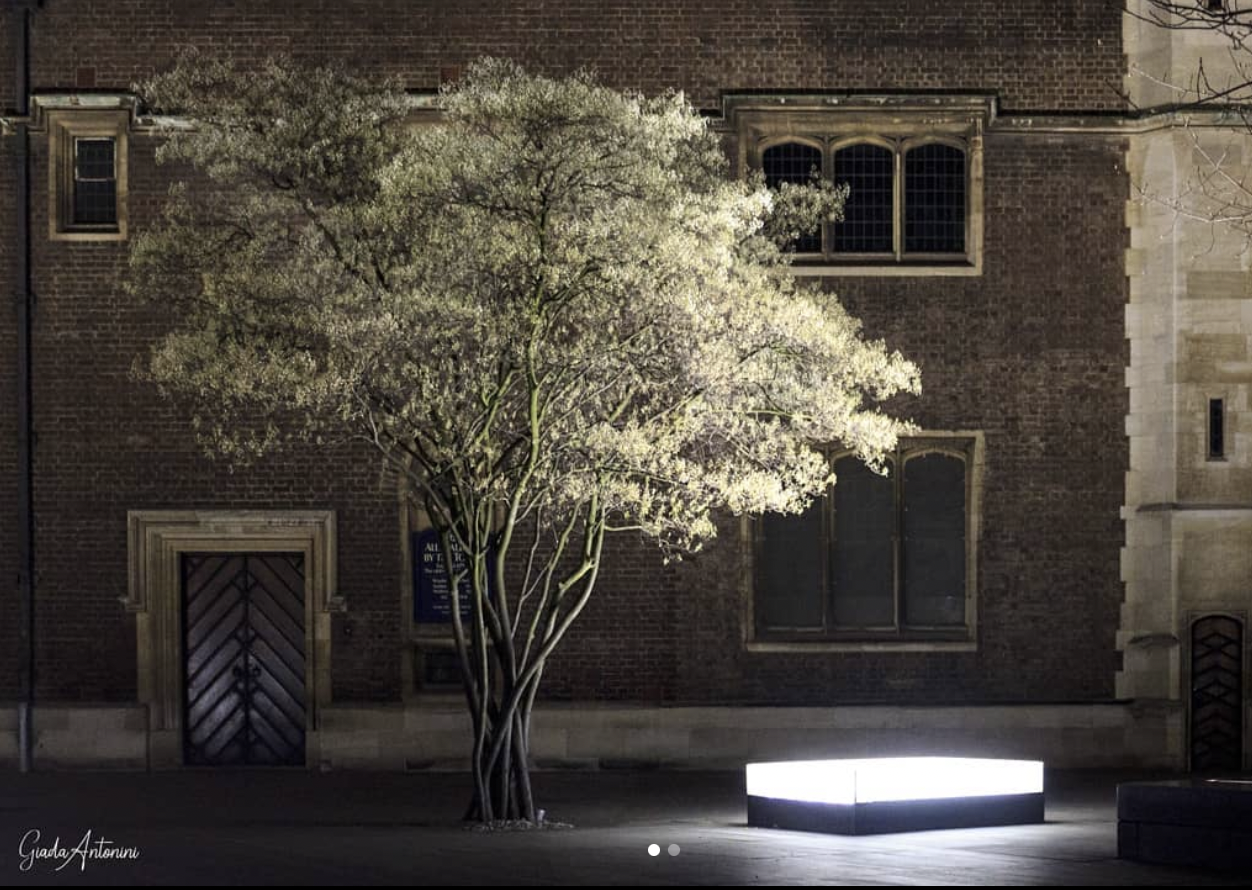
Ph: @giadaantonini_photography 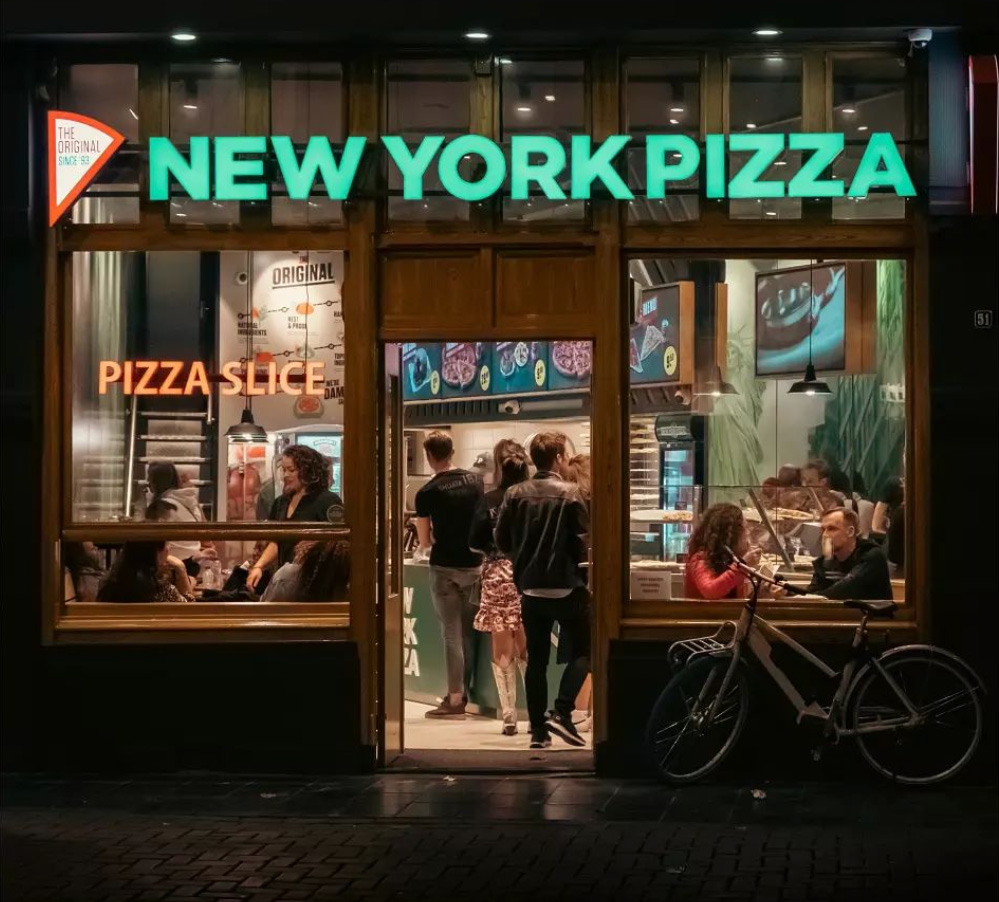
Ph: @lastanzadelvinc 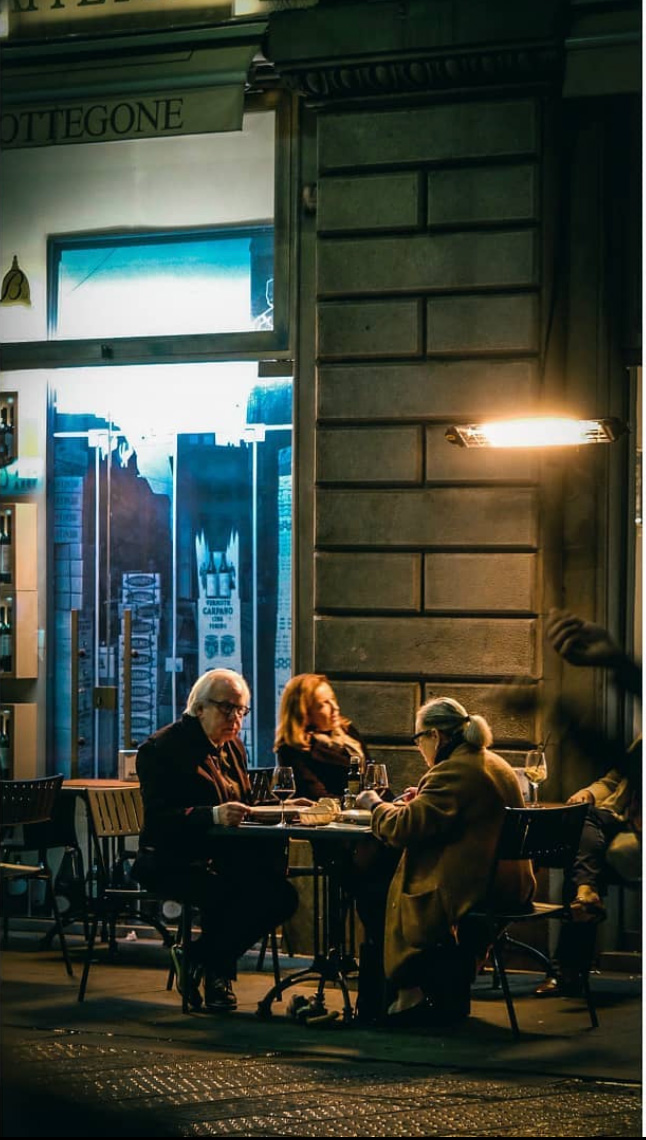
Ph: @lastanzadelvinc 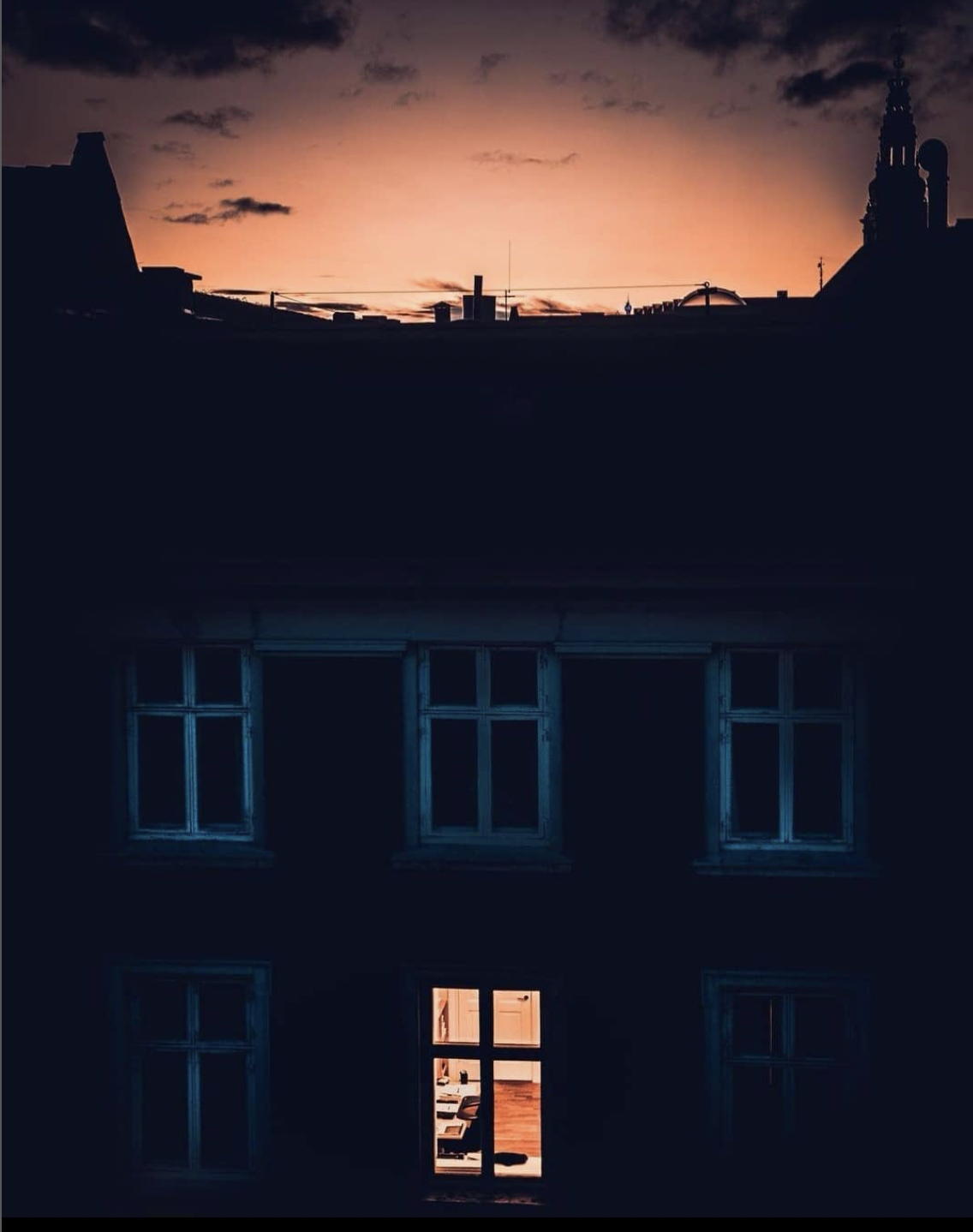
Ph: @pictureknak
4. Blue hour
Unless you want to photograph the starry sky, prefer the moment after sunset when the sky is still blue and not black (blue hour).
Often, you’ll need slower shutter speeds to capture as much light as possible.
But beware of low light: when shooting in these conditions it is easy to have low quality photos as a result, because they are blurry or too dark.
For cameras, use a tripod or look for a low wall or something to support the camera on to make it stable.
With your smartphone, if you don’t use a tripod or support, try to keep as still as possible and try to select the night mode from the settings.
We advise against using the zoom of your smartphone for shots in poor light conditions, because you would lose the quality of the photo.
Always take more than one shot to be able to select the best one later and avoid surprises.
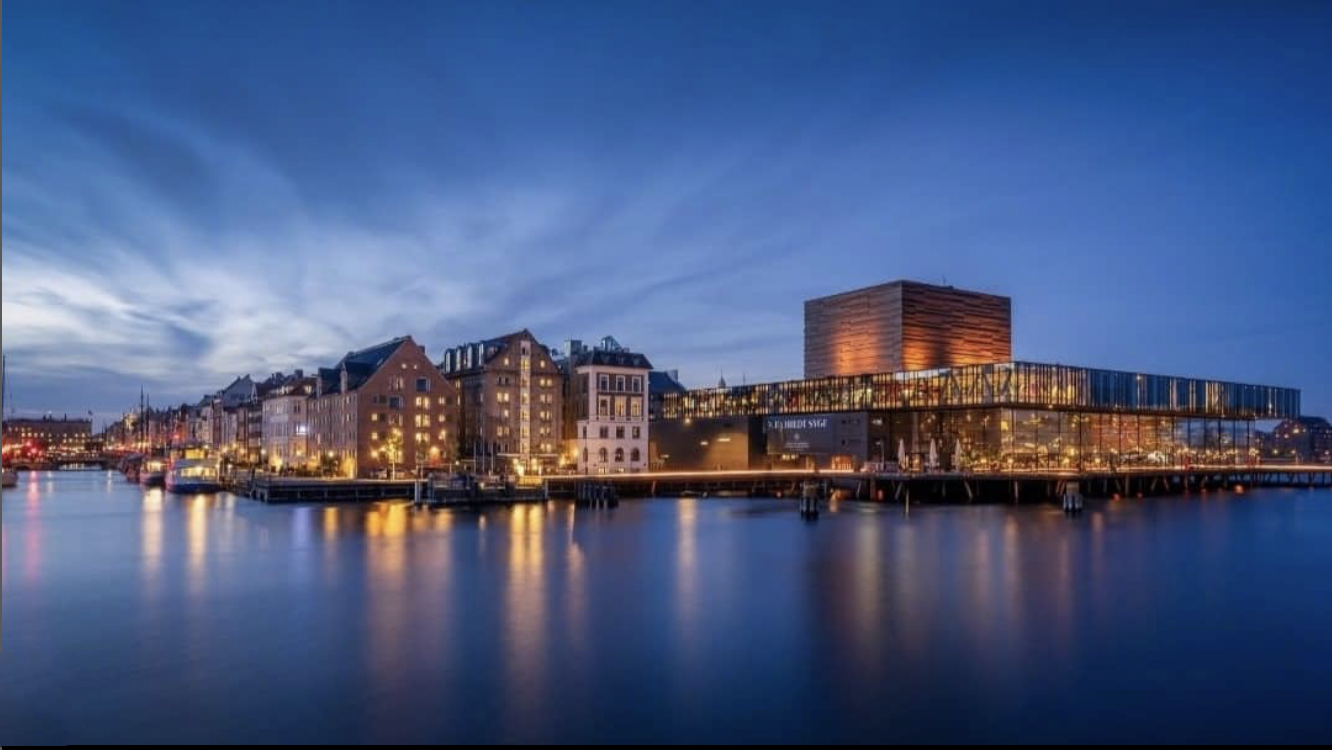
Ph: @wedelheinenjan 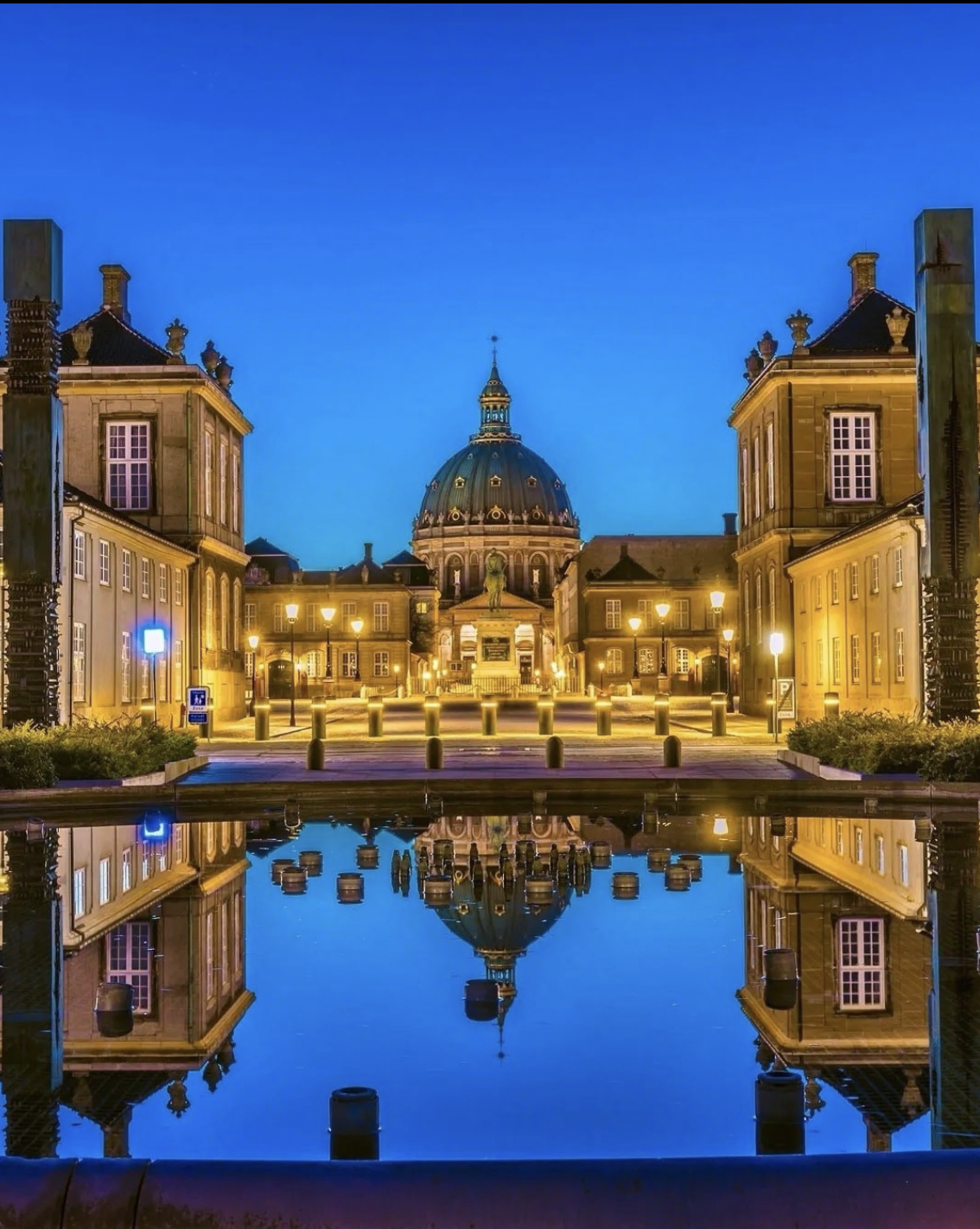
Ph: @micnie02 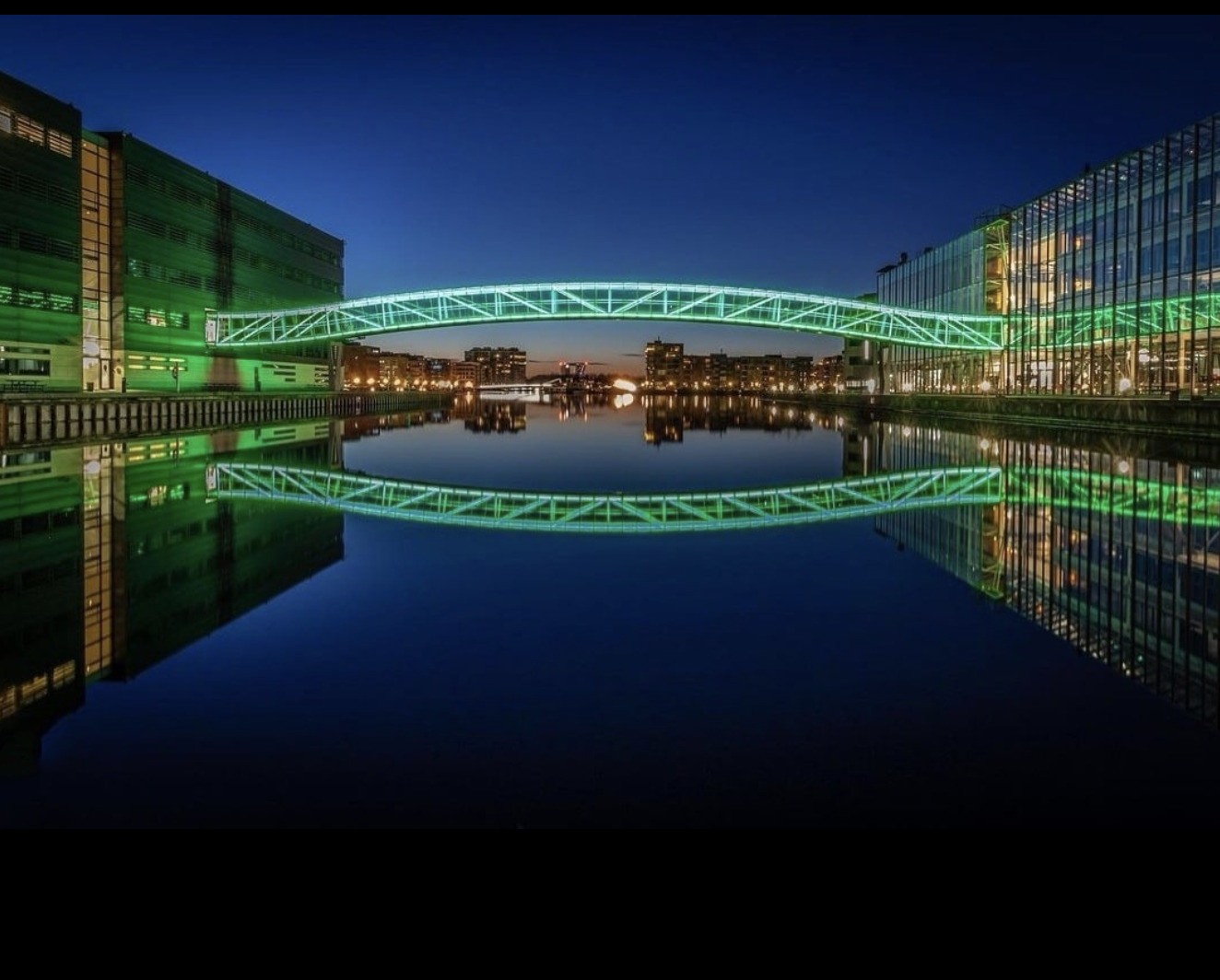
Ph: @redo_el_khomsi
5. Moving light
Playing with light you can create extraordinary effects that will make your photos simply amazing.
You can capture, for example, the moving car headlights in the night.
You will need a tripod and long exposure, your shoot would last for some seconds. This way, when the cars will pass, you will capture the moving lights that will create sparkling lights, following the road shapes.
Increasing the exposure, pay attention to ISO, that have to be set in low values (for example, 100), to avoid noise and detail loss.
With light painting you can add extremely creative effects on your shots.
To make them, you can use moving artificial lights, such as colored LED lights, or a simple smartphone flashlight.
Again, the long exposure is necessary to capture the entire movement of the lights, which you can also manage yourself, setting the shutter to automatic and fixing the camera on a tripod.
To use these techniques also with the smartphone, it is necessary to have a stable support, to keep the camera still. Try setting the shot to night mode, or use the PRO settings to decrease the shutter speed.
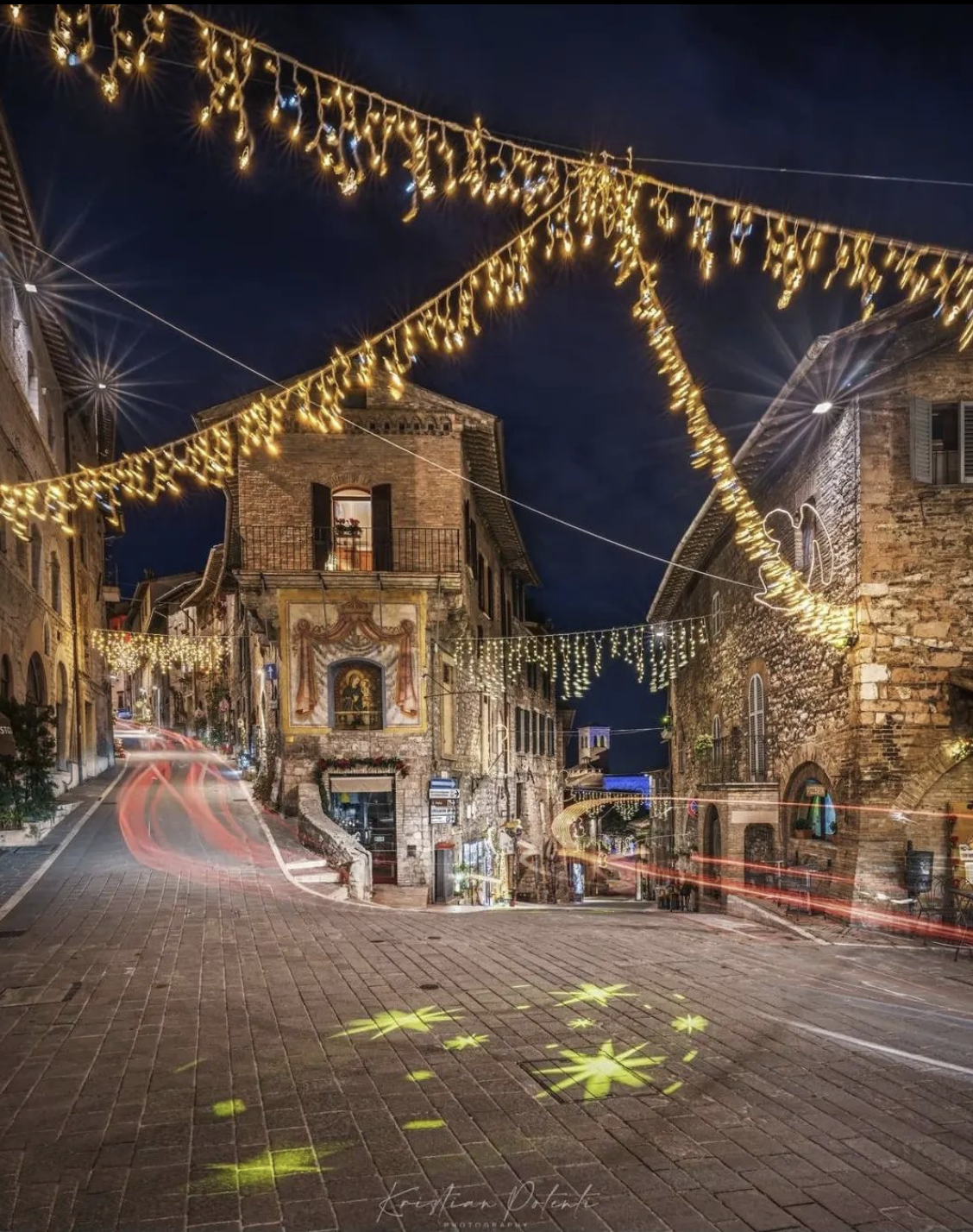
Ph: @krisphotopot 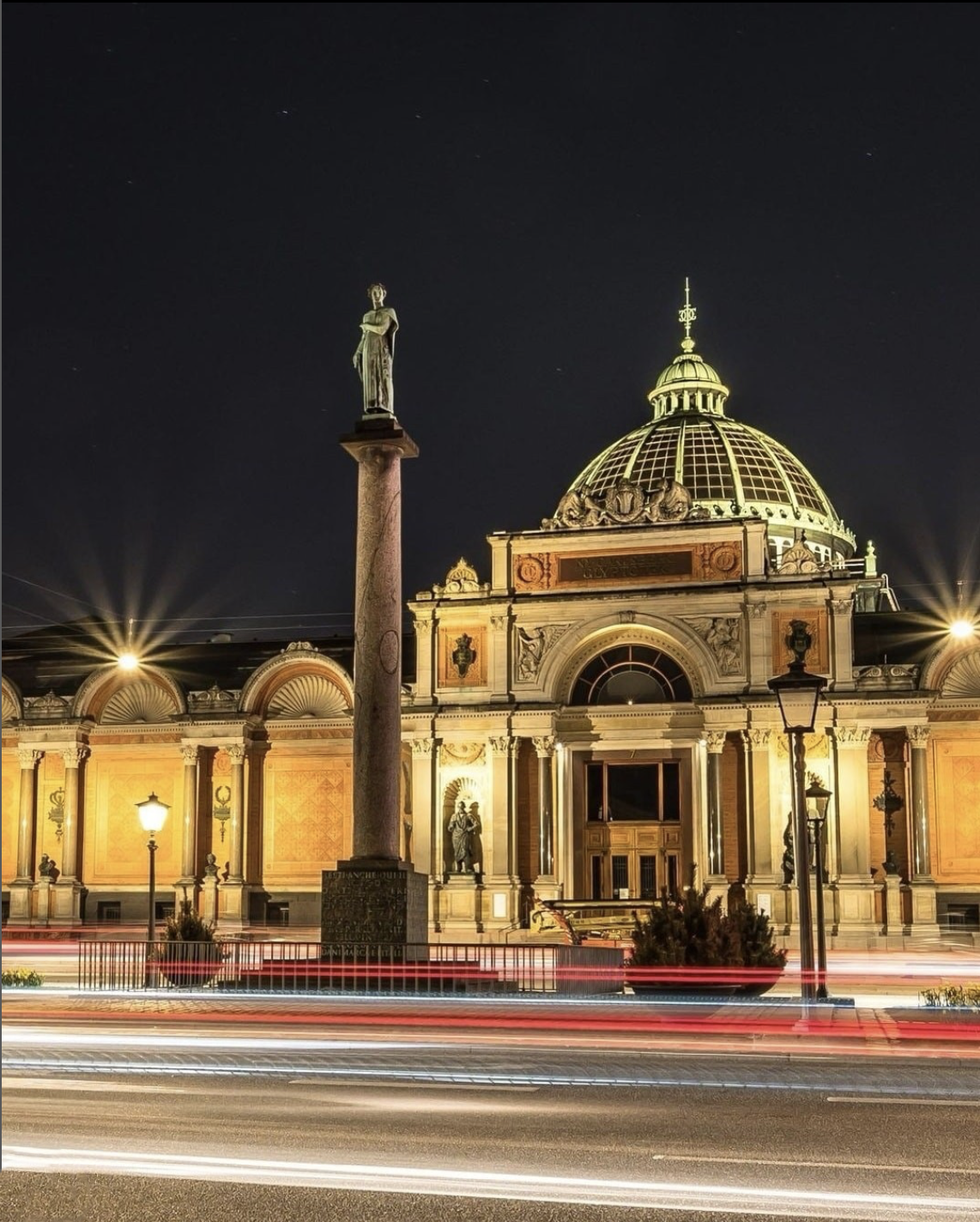
Ph: @micnie02 
Ph: mono-log on Unsplash 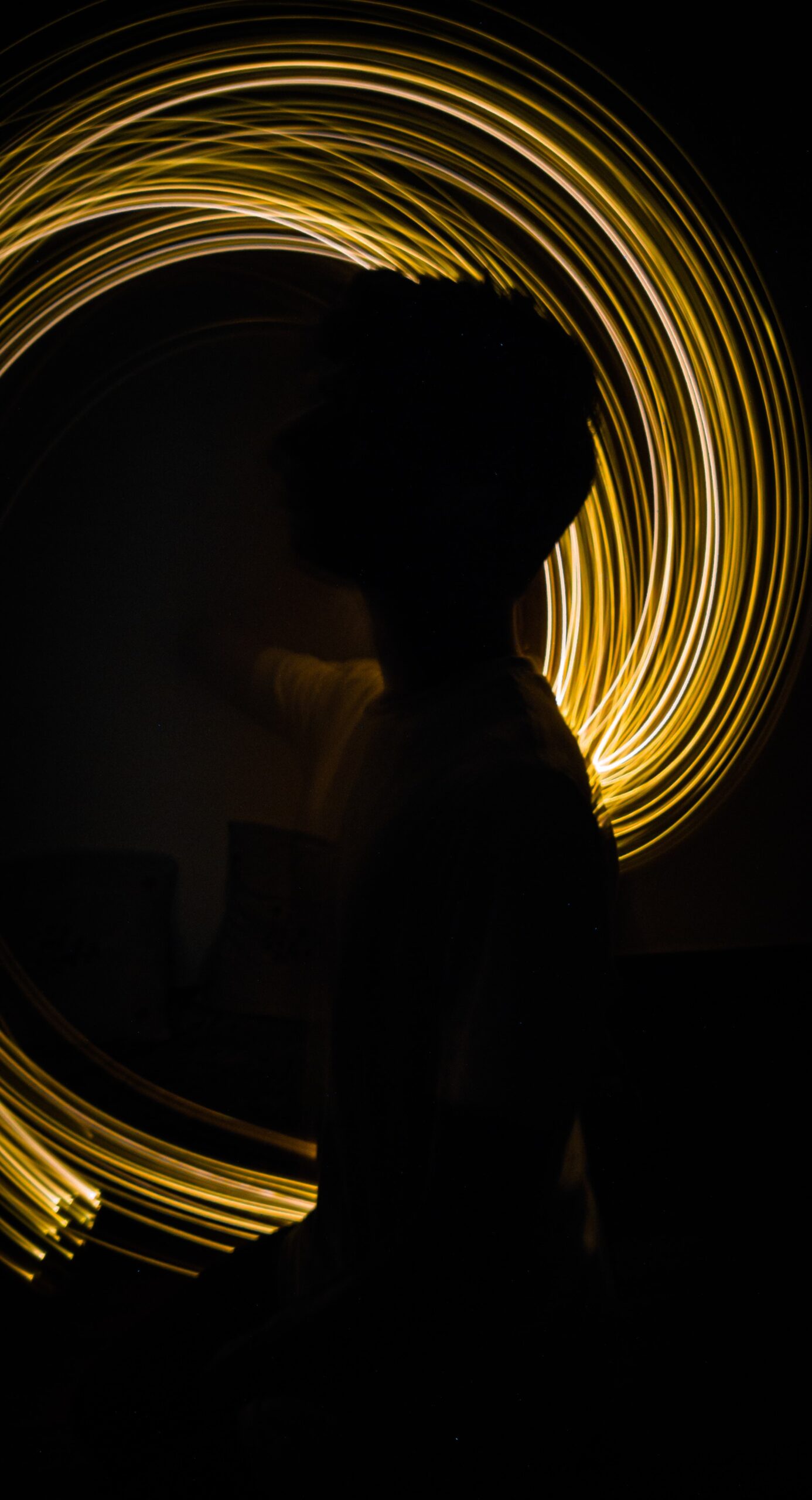
Ph: siddhant-rane on Unsplash
What are you waiting for?
Try to put our tips into practice and tag us in your photos, we will publish them on our Instagram and Facebook pages.
Sunrise and Sunset? Surely they are optimal light conditions to obtain wonderful photos. Our tips? Don’t miss our next article.
If you liked the article, let us know in the comments and share it.
Subscribe to the newsletter to always be updated!
Thanks to our followers for their photos in the article!

2 Replies to “LIGHT IN PHOTOGRAPHY: THE BEST WAY TO TAKE AMAZING PHOTOS!”
Comments are closed.